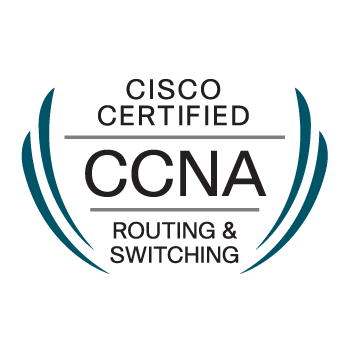- Cisco Community
- Technology and Support
- Data Center and Cloud
- Application Centric Infrastructure
- ARP Flooding While Creating BD
- Subscribe to RSS Feed
- Mark Topic as New
- Mark Topic as Read
- Float this Topic for Current User
- Bookmark
- Subscribe
- Mute
- Printer Friendly Page
ARP Flooding While Creating BD
- Mark as New
- Bookmark
- Subscribe
- Mute
- Subscribe to RSS Feed
- Permalink
- Report Inappropriate Content
01-18-2024 10:06 PM
Hello,
What is the meaning of ARP flooding while creating a BD, is it for L2 Unknow Unicast traffic to flood or L3.
Also, when we create a BD and check the details we see option enabled for hardware proxy enabled by default.
I know that when we enable hardware proxy it limits the flooding and sends the ARP request to Spine Proxy.
So, whats the purpose of ARP flooding option being enabled by default while creating a BD
- Labels:
-
Cisco ACI
- Mark as New
- Bookmark
- Subscribe
- Mute
- Subscribe to RSS Feed
- Permalink
- Report Inappropriate Content
01-19-2024 02:08 AM
Hi @Suprit Chinchodikar ,
Re:
whats the purpose of ARP flooding option being enabled by default while creating a BD
Great question. Reading this thread may help.
As for the question
What is the meaning of ARP flooding while creating a BD, is it for L2 Unknow Unicast traffic to flood or L3.
ARP flooding has nothing to do with L2 Unknown unicasts or L3 flooding. It is simply a way to make ARP behave like it does in a legacy L2 network. See the thread I mentioned above for some reasons WHY this might be a good idea.
Personally, I like to see ARP flooding turned off so ACI can do its best magic. But alas, during migration, it is most likely to cause problems if left turned off, so (my theory) Cisco has tried to mimimise support calls by making the default for ARP flooding to be ENABLED.
Forum Tips: 1. Paste images inline - don't attach. 2. Always mark helpful and correct answers, it helps others find what they need.
- Mark as New
- Bookmark
- Subscribe
- Mute
- Subscribe to RSS Feed
- Permalink
- Report Inappropriate Content
01-19-2024 10:47 PM
@RedNectar,
Thanks for your brief explanation.
So, should we enable ARP flooding enabled by default or should we disable it while creating a BD.
Or it totally depends what you are going to achieve? Lets say for example we are migrating off from traditional network to ACI the arp flooding should be enabled or lets say we have a silent host in our fabric the arp flooding option should be enabled by default.
If, that's the case ACI takes which option in consideration? ARP flooding enabled while creating a BD or the Hardware Proxy mechanism which limits the arp flooding.
- Mark as New
- Bookmark
- Subscribe
- Mute
- Subscribe to RSS Feed
- Permalink
- Report Inappropriate Content
01-20-2024 12:51 AM
Hi @Suprit Chinchodikar ,
Thanks for your brief explanation.
Thank you
So, should we enable ARP flooding enabled by default or should we disable it while creating a BD.
Or it totally depends what you are going to achieve? Lets say for example we are migrating off from traditional network to ACI the arp flooding should be enabled or lets say we have a silent host in our fabric the arp flooding option should be enabled by default.
Correct. If migrating from a legacy network, leave ARP flooding turned on. Far less likely to have grief during this period.
If, that's the case ACI takes which option in consideration? ARP flooding enabled while creating a BD or the Hardware Proxy mechanism which limits the arp flooding.
The hardware proxy function will still work for unknown destinations, but not for ARPs if ARP flooding is turned off. I guess the ideal is that you leave ARP flooding on during migration, and turn it off after. But who in their right mind would bother going back to turn off ARP flooding on a working system? At the end of the day, it's going to save a few ARP broadcasts interrupting the CPU of your servers a few dozen times a day. Long gone are the days when ARP broadcasts could get so bad that they'd slow down the servers noticeably. BUT - if you are in the kind of environment where every nanosecond counts, it might be worthwhile. Or maybe you are just a geek and think that having ARP broadcasts handled by the proxy is really cool. I certainly do. But I'd find it hard to advise a customer to do it unless it was a green fields site.
Forum Tips: 1. Paste images inline - don't attach. 2. Always mark helpful and correct answers, it helps others find what they need.
Discover and save your favorite ideas. Come back to expert answers, step-by-step guides, recent topics, and more.
New here? Get started with these tips. How to use Community New member guide





